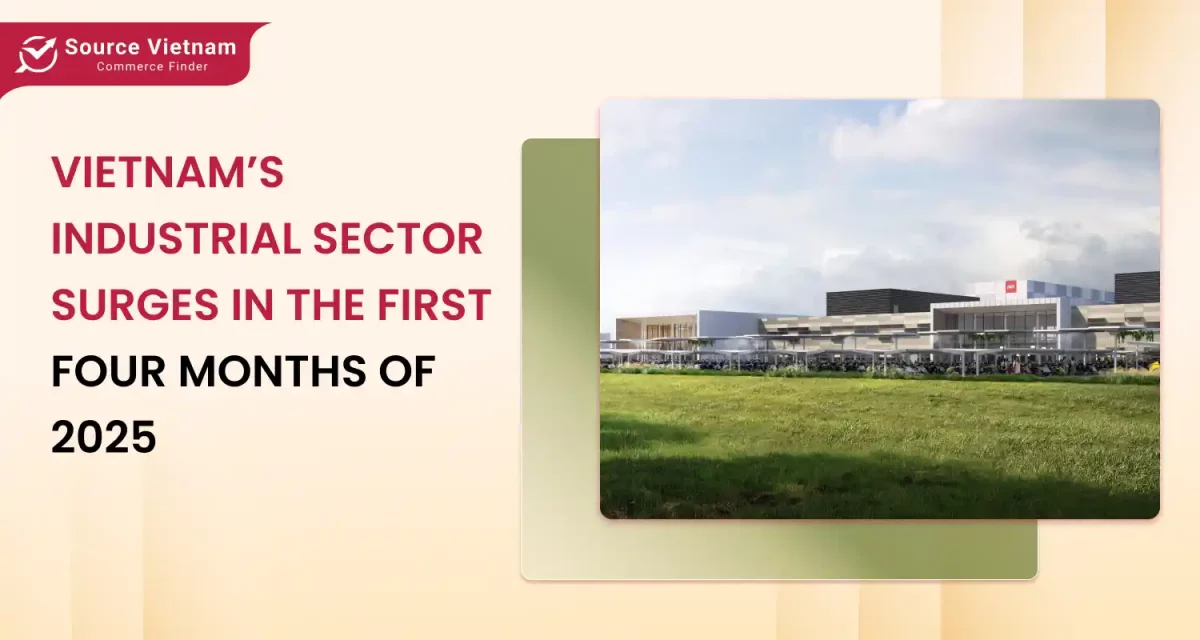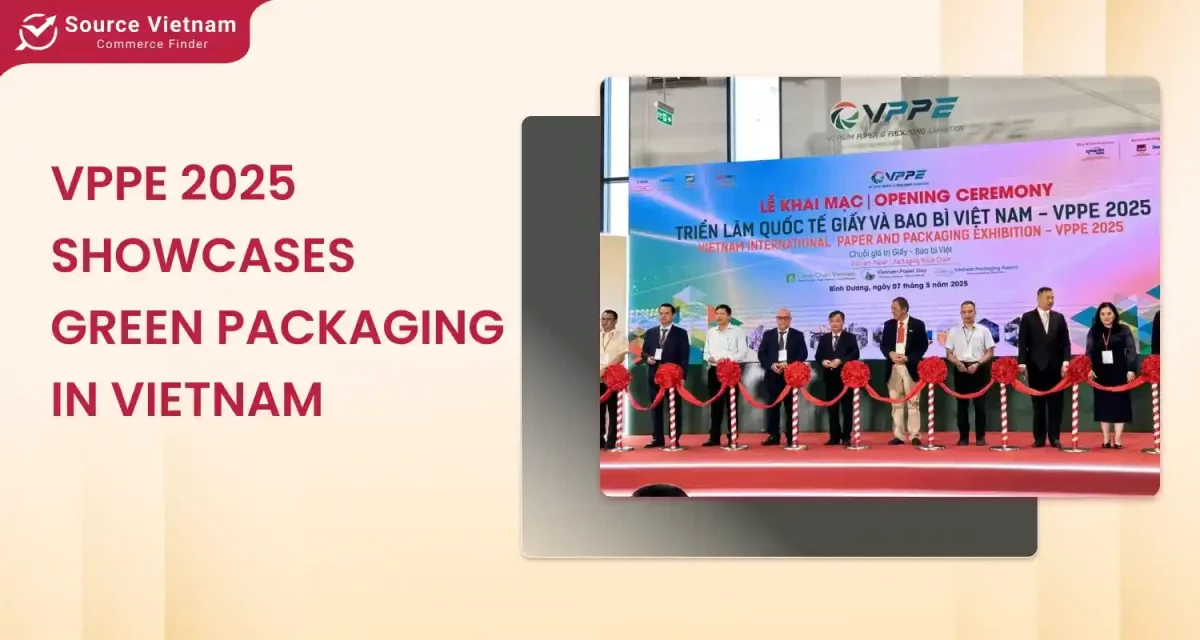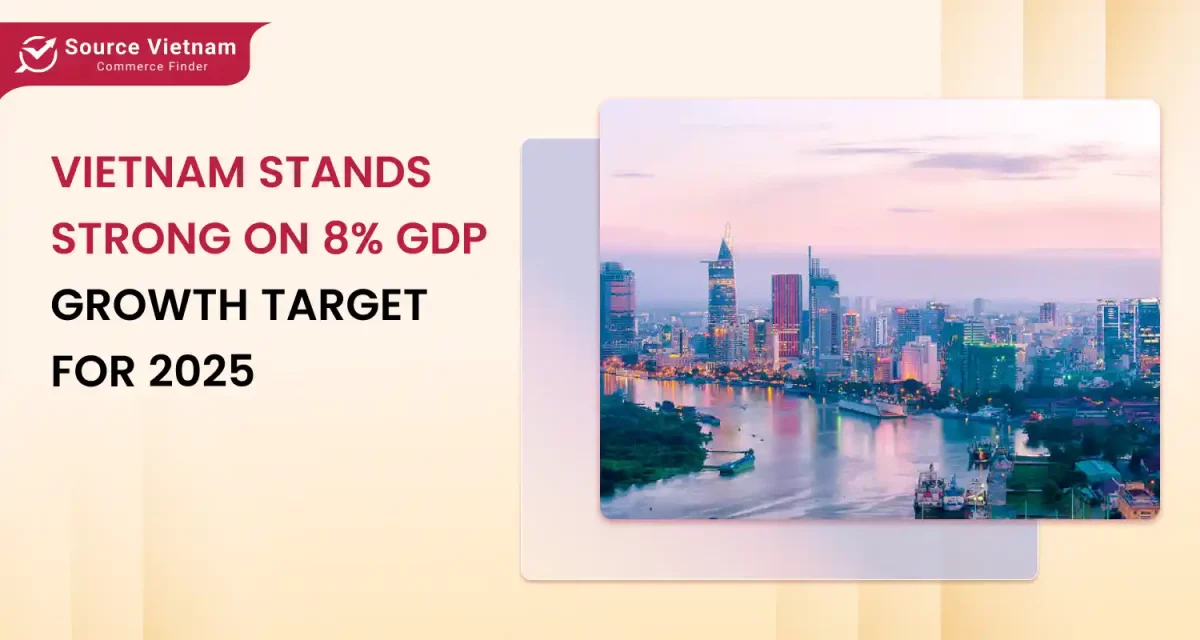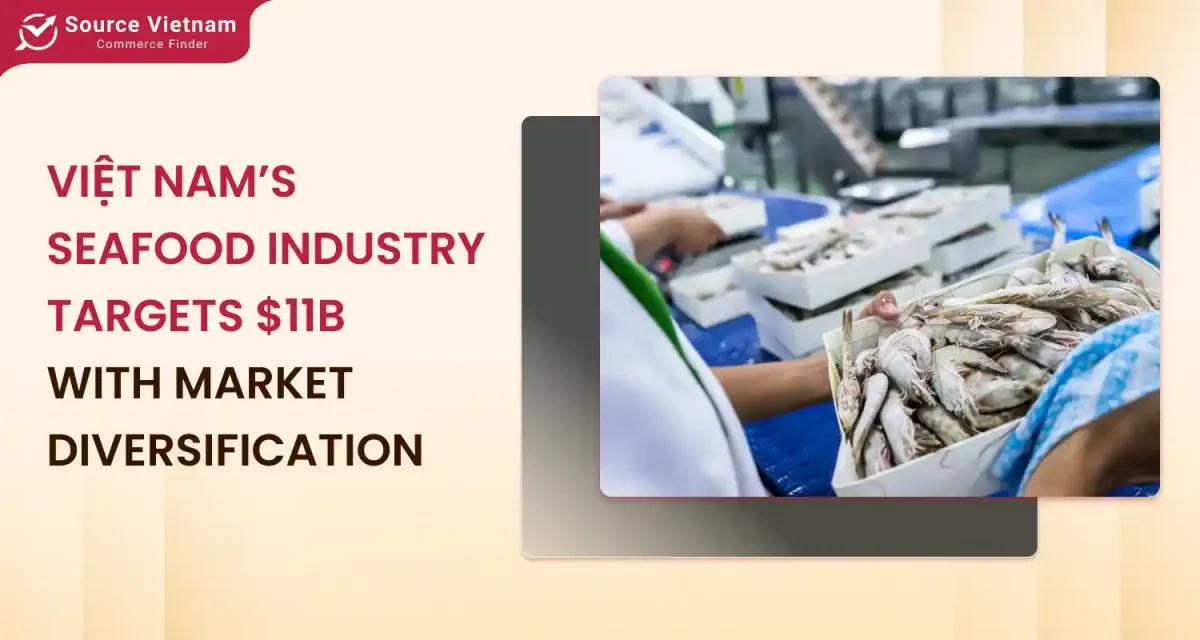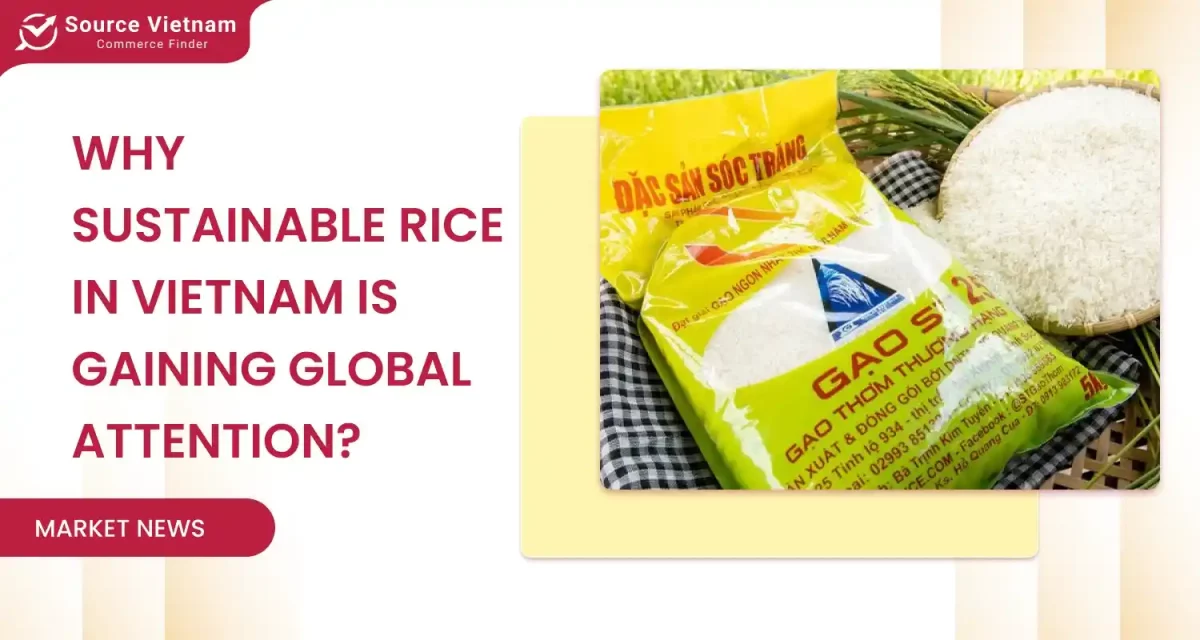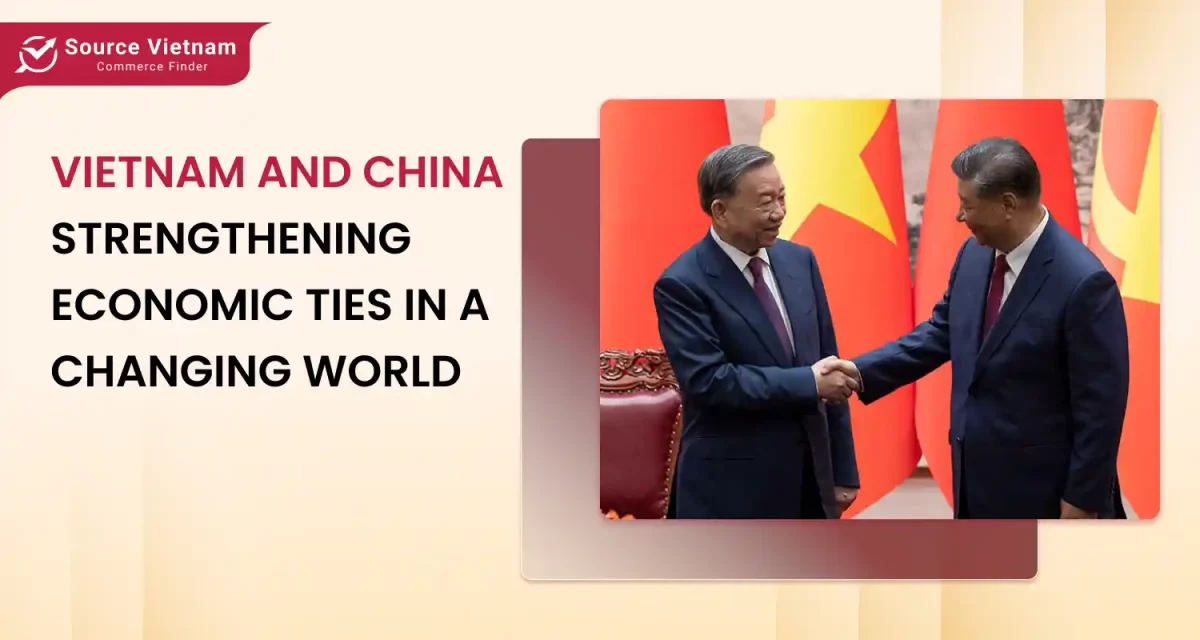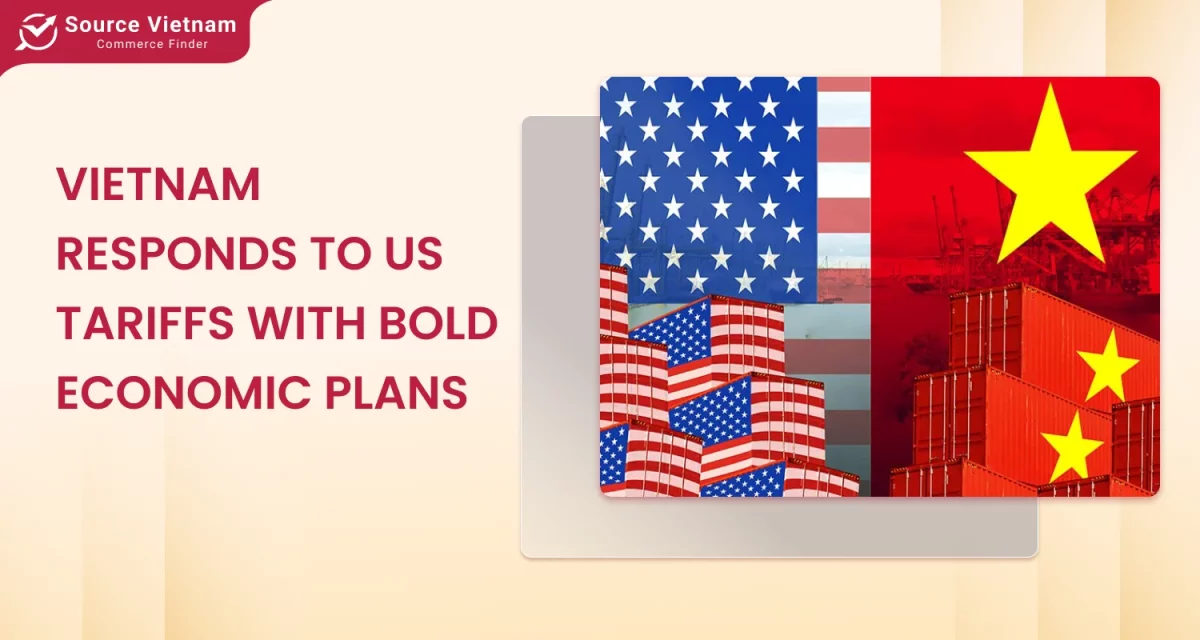Insight:
- CBAM implementation has a direct impact on businesses worldwide, including Vietnam. Especially for the export sector.
- The Vietnamese government is making efforts to help businesses adapt promptly to this new regulation.

Understanding CBAM and its effects on businesses
CBAM is an acronym that stands for Carbon Border Adjustment Mechanism which is a Trade policy that was enacted by European Union (EU). The policy was released to target the issue of carbon footprint while at the same time promoting global efforts towards ESG.
This is part of the EU’s Fit for 55 package that aims to reduce greenhouse gas emissions by 55% of 1990 levels by 2030. It’s no different to a carbon tax on carbon K leakage imports as the starting point under the CBAM is the sectors that emit carbon such as the steel, iron, aluminum, cement, fertilizer, electricity and hydrogen (from 2026). Highlight phases, including:
- Transition phase: from October 2023 to 2025, importers must report emissions linked to their goods without paying carbon costs.
- Full implementation: from 2026 onwards, importers will buy CBAM certificates to cover the embedded carbon emissions in imported goods.
Businesses should understand the mechanism of CBAM for relevant strategies:
- The carbon pricing: importers will have to purchase the CBAM certificates the same as the carbon price they would pay if the goods were produced under EU standards.
- Certificate price calculation: the price will align with the EU Emission Trading System (ETS).
- Adjustment for carbon costs abroad: If an EU country has its carbon pricing mechanism, importers can deduct those costs from their CBAM obligations.
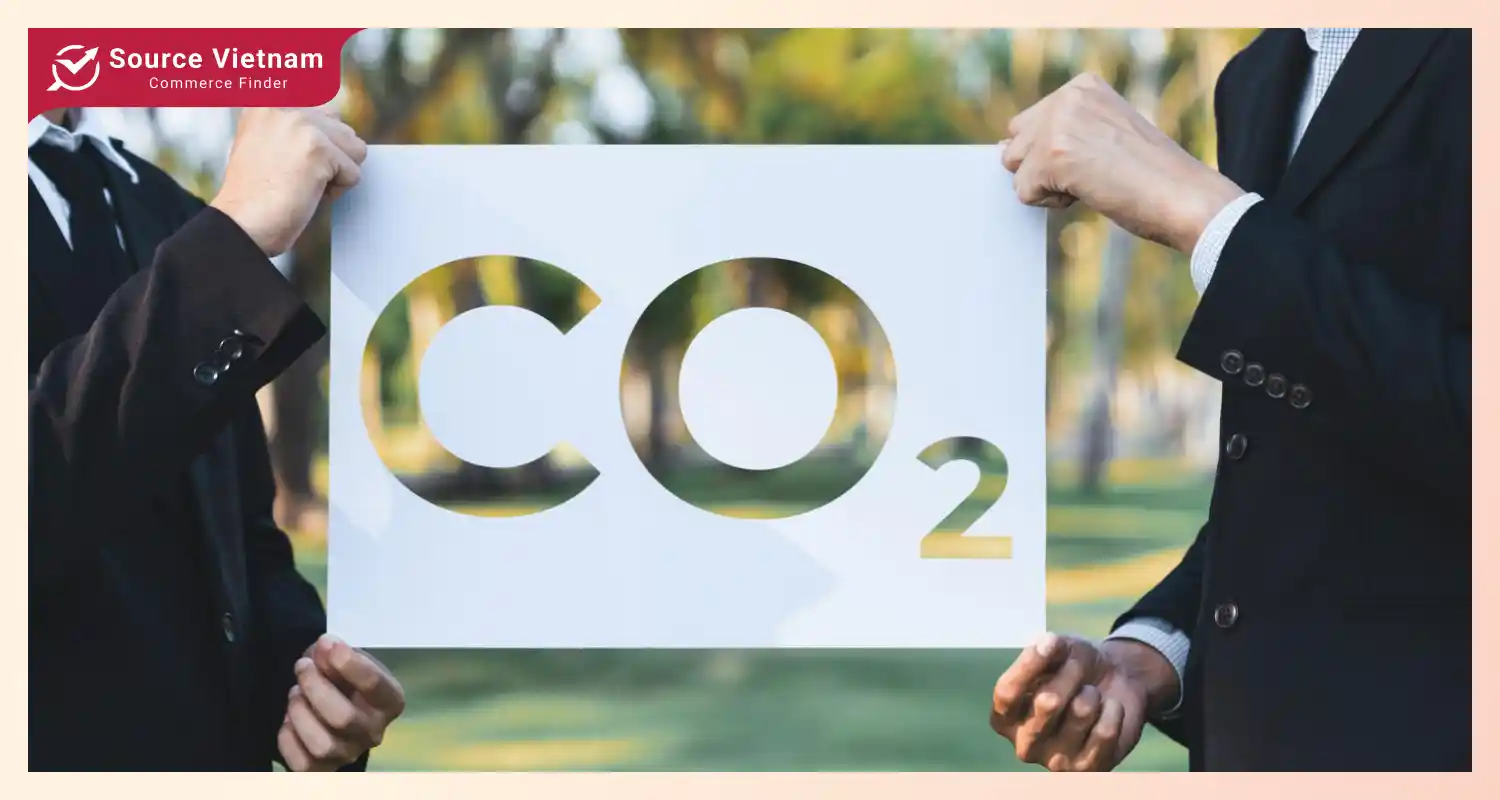
With non-EU manufacturers, importers will pass the cost of CBAM certificates to foreign producers. This means countries without carbon taxes will face increased costs, reducing competitiveness.
Furthermore, the raw materials or intermediate goods from countries with high carbon footprints may become unviable due to high CBAM taxes. Businesses that export to the EU need to review their value chains and reduce carbon emissions to remain competitive. Countries with stronger carbon policies (Canada, Australia) will have more export advances.
From January 2026, the CBAM will fully apply to all eligible imports into the EU. The official implementation of this is fast approaching, but there has yet to be a comprehensive impact assessment or unified official guidance for business.
Recently, various sources and organizations have guided businesses about the CBAM. Many unofficial and inaccurate sources have caused companies to misunderstand. This has led to consequences such as wasted resources, legal risks, and missed opportunities.
Vietnamese businesses are affected directly by CBAM
In Vietnam, the government is striving to implement effective carbon pricing measures with CBAM for businesses. It involves developing a national strategy to address CBAM, enabling Vietnam to fully leverage the EVFTA and maintain access to the EU market.
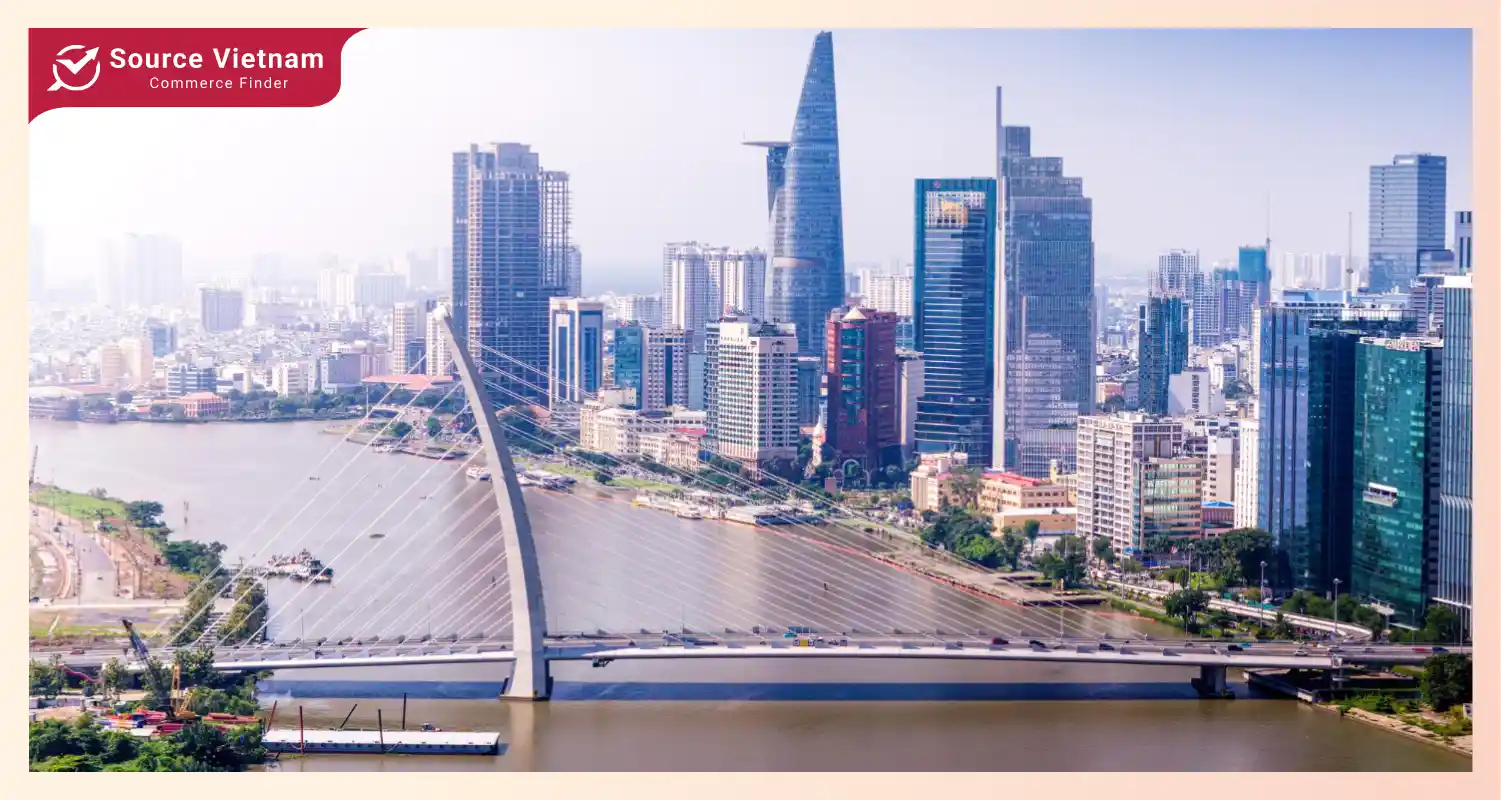
Recently, a concerning trend has emerged where many businesses are operating with a limited understanding of their own internal mechanisms and processes. This lack of clarity hinders their ability to effectively strategize and prepare for future challenges and opportunities.
It’s like trying to navigate a complex maze without a map; businesses are struggling to make informed decisions and optimize their operations because they don’t fully grasp the intricate workings within their own organizations.
This knowledge gap can manifest in various ways, such as inefficient resource allocation, ineffective communication channels, and a lack of alignment between departments. Ultimately, this lack of self-awareness can impede growth, innovation, and overall success in a rapidly evolving business landscape.
To help Vietnamese businesses adapt promptly to this regulation, the Ministry of Industry and Trade has issued guidelines for businesses to conduct greenhouse gas inventories, measurements, and reporting. When CBAM imposes broader regulations and calculation methods, it requires specialized agencies to coordinate with the EU to agree on methodologies.

A specific example is steel, one of the six sectors initially impacted by CBAM. EU is a major market for Vietnamese steel and ranks among the top three export markets. Updates on this new regulation will help businesses make improvements in production and exports to the EU. The Vietnam Steel Association (VSA) has also worked with companies to optimize energy efficiency, reduce carbon emissions, and transition to greener steel production.
VSA has nearly completed a draft roadmap for carbon neutrality by 2050, in line with the Vietnamese national climate change strategy, to guide businesses on green transition strategies and CBAM readiness.
Strategies for adapting to CBAM
To support Vietnamese businesses in promptly adapting to this new regulation, the Vietnamese Ministry of Industry and Trade has proposed several solutions, including establishing carbon pricing regulations and enhancing public education to ensure businesses better understand CBAM. The Ministry also proposes increasing direct training activities to help companies comply with and prepare for CBAM.

The Ministry of Industry and Trade is also strengthening cooperation with the EU by requesting the publication of accredited consulting organizations and negotiating an extension of the transition period for Vietnamese industries until after 2026. The government is advocating in multilateral forums for flexible commitments and regulations to support Vietnamese businesses.
In addition to government support, Vietnamese businesses would continuously update and enhance their awareness and understanding of CBAM. Organizations should learn about the mechanism, keep up-to-date information, and participate in training courses and relevant seminars.
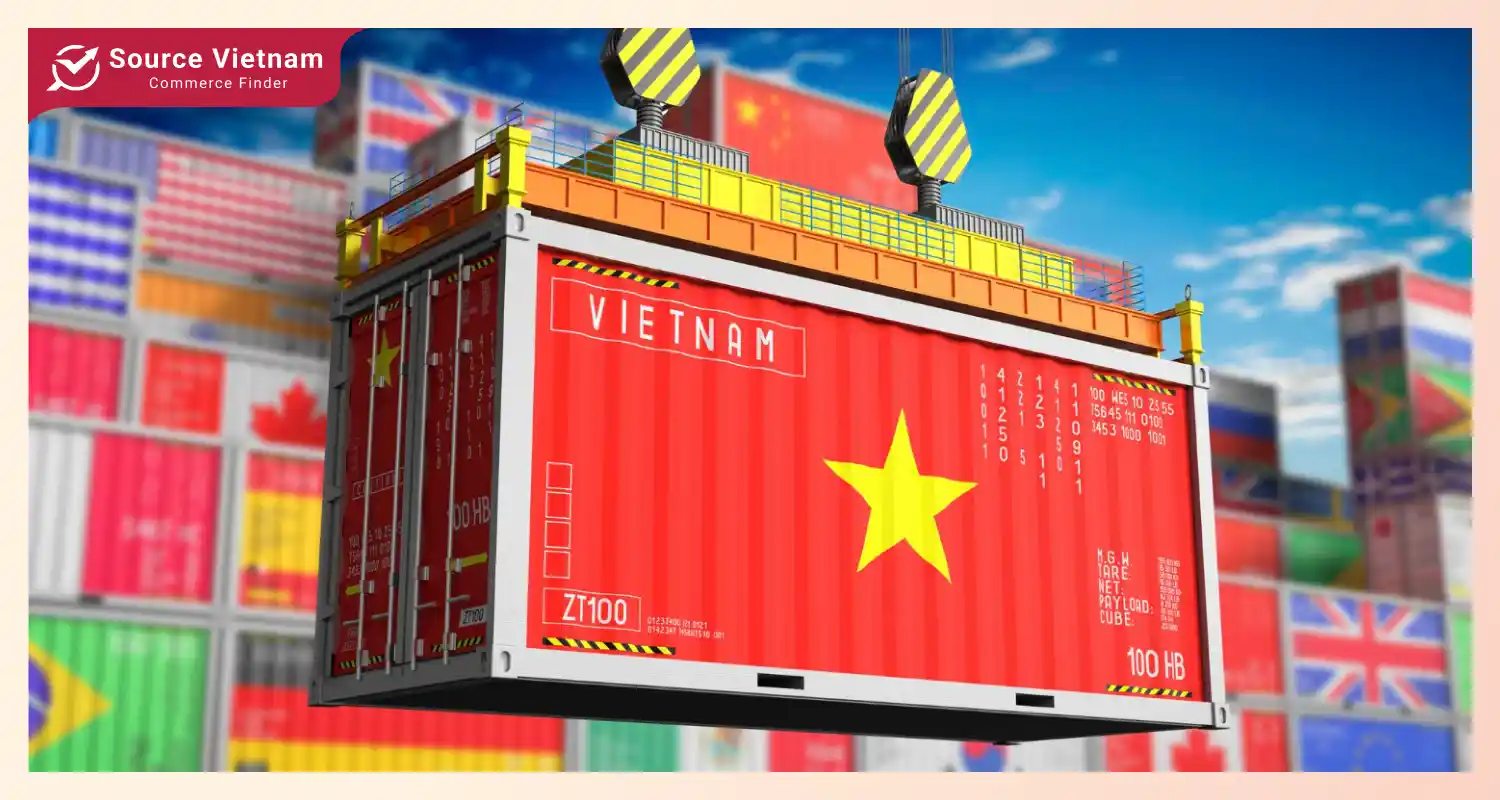
In addition to just responding to the CBAM, Vietnamese companies can also make use of and create opportunities with this policy. Adopting measures to lower the carbon footprint helps companies increase production efficiency, lower costs, and comply with international regulations hence improving their competitiveness. CBAM on the other hand, encourages companies to switch to green production, comply with international norms and perhaps increase their penetration into the EU market.
Applying CBAM proactively not only assists Vietnamese enterprises in tackling barriers and continuing export transactions with the European market but also supports sustainable change while strengthening the competitiveness of these enterprises in the context of economic globalization that is increasingly moving in the direction of zero emissions and sustainability.
Conclusion
CBAM policy presents both challenges and opportunities for Vietnamese businesses. Although this policy requires companies to comply with new regulations, it may increase costs. The policy also incentivizes sustainable practices and green production, ultimately enhancing competitiveness in the global market. Vietnam manufacturers can navigate the complexities of CBAM and thrive in a low-carbon future by staying informed, proactively adapting, and leveraging available support from the government.

